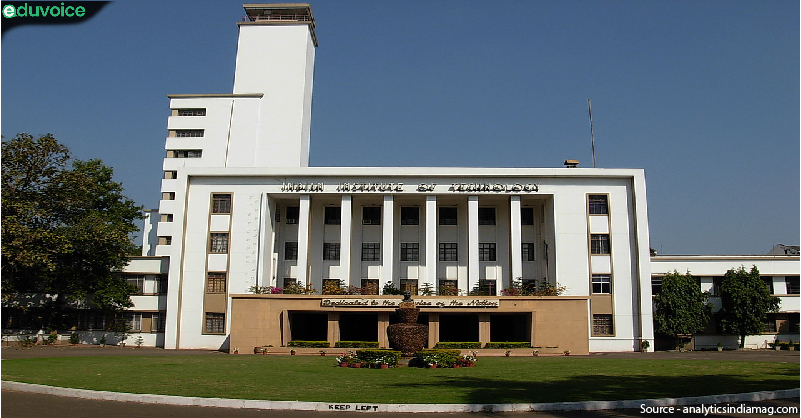The Indian Institute of Technology in Delhi (IIT-D) is planning to open two campuses in Egypt and Saudi Arabia as part of global outreach and expansion of top Indian institutes including the elite IITs that will boost the higher education sector.
Such an expansion overseas of top Indian universities will have multiple positives. For one, it will build a strong Indian education brand to help the ‘Study in India’ aspiration become a reality, and improve the financial health of Indian institutions which in turn will reduce public institutions’ dependence on government grants. Besides, it will give a leg up to Indian institutes when it comes to global rankings, a prickly issue and a subject of constant debate in the academic world.
Moneycontrol explains why and how it will be a fruitful effort for a sector that caters to over 38 million domestic students.
Global Rankings: Lack of internationalization has been affecting the rankings of IITs and other top universities. Traditionally, Indian campuses have few or no international students and faculty members and any attempt to address this will be a win-win scenario. For example, the QS World University Ranking 2022 published earlier this year has placed IIT Bombay (IIT-B) at 177 rank globally. It’s the best Indian varsities in the global list followed by IIT-D at 185, as per the global education ranking agency.
IIT-B has an employer reputation score of 79.6 (on a scale of 100) and a research citation per faculty score of 55.5, but its score on the international faculty criterion is 1.5 and on the international student’s parameter it scores 1.6. The situation is almost identical among leading Indian names in academia and the very low score on internationalization drags down the global standing of IIT-B and other top Indian peers.
Compare this with the University of Nottingham (UK) ranked 103 in the QS World University Rankings. Its score in both employer reputation and research citation parameters are lower than IIT-B but in the international faculty parameter its score is 90.3 and in the foreign students’ category it has a score of 83.6, which indicates how internationalization can increase IITs’ global rankings.
Income: The top centrally funded institutions including the IITs charge very low course fees compared to top private institutions because as government-funded institutions they are driven by the welfare of students and have to keep affordability in mind. For example, at the MTech level, IIT Madras charges Rs 26,600 per year (two semesters) including Rs 10,000 as tuition fee. Moreover, students from scheduled castes and tribes and those with physical disabilities are exempt from paying the tuition fee. In contrast, some of the leading private schools charge six to nine times the annual fee. If the IITs manage to attract foreign students to their campuses and open offshore centers, it will allow them to charge market rates which translates into higher fee income that can be used for growth, expansion, aid to needy domestic students, and R&D purposes. “Diversification of financial resources will aid growth,” IIT-D director V. Ramgopal Rao recently told reporters during a media briefing. This will also reduce dependence on government funding.
Perception: Internationalisation will change the perception of Indian institutes and create a buzz about the value they bring to the table, the placements, and the industry connection some of the top Indian schools have and help bring in more foreign students to the campuses. For example, less than 50,000 foreign students were pursuing education in India that too before the Covid-19 outbreak. Compare this with the US: Over 914,000 international students were pursuing education in 2020-21 including over 167,000 Indian students. To be sure, the US and India may not be an apples-to-apples comparison, but it’s a fact that the international student population in India is abysmally low.
Policy push: The New Education Policy 2020 promotes the internationalization of higher education and bats for making India a ‘study abroad’ destination. “High-performing Indian universities will be encouraged to set up campuses in other countries and, similarly, selected universities, for example, those from among the top 100 universities in the world, will be facilitated to operate in India,” according to the NEP. It also underlines that there has to be a push to promote India as a destination for affordable yet quality education.
For More Such Articles, News Update, Events, and Many More Click Here






